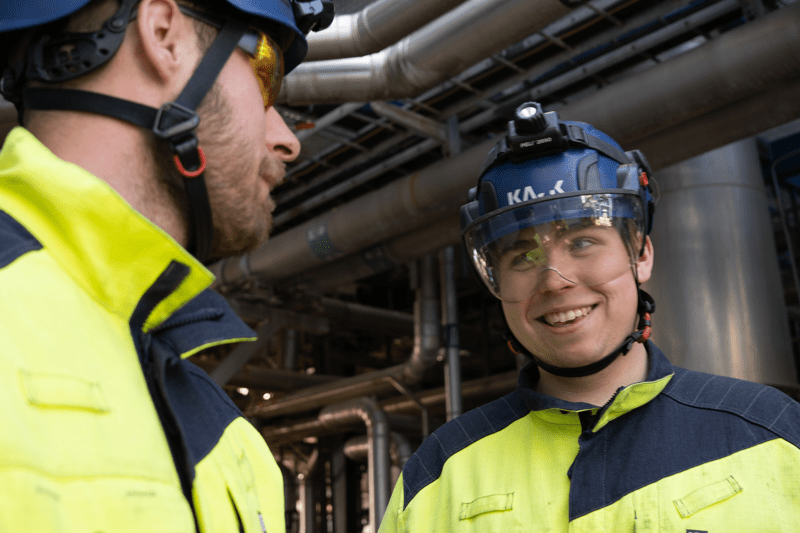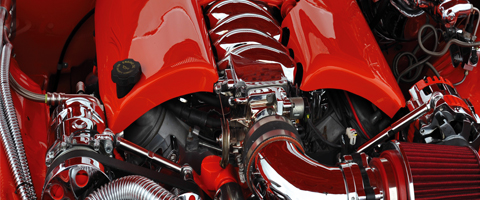showing 2872 result(s)
Filter(s)-

17 October 2025
Sustainability Report 2024
Perstorp has an important role in the value chain of specialty chemicals. The company produces specialty chemicals and intermediates with focus on the markets for Resins & Coatings, Engineered Fluids, Advanced Materials and Animal Nutrition. In this report, we disclose information on relevant sustainability topics throughout our operations.
Information
-

09 April 2025
Monteur
Ben jij een techneut die energie krijgt van storingen oplossen en machines onderhouden? Dagelijks werken met techniek, meedenken over verbeteringen in een veilige omgeving? Word onze nieuwe collega!
Careers
-
21 March 2023
Markets & Products
Animal Nutrition, Gut health
-

22 November 2012
ProSid™ MI 701
Markets & Products
-
27 November 2019
Markets & Products
Animal Nutrition, Crimping, Mold inhibition
-

15 August 2023
ProPhorce™ SR: Puissance inégalée de l’acide butyrique
ProPhorce™ SR est la prochaine génération de produits à base d’acide butyrique. Il est composé de butyrine (triester de glycérol et de l’acide butyrique), pas sous forme d’enrobé mais sous forme d’ester. Les effets documentés des produits à base d’acide butyrique sont les mêmes que ceux des produits à base d’acide butyrique enrobés, mais avec plus de « puissance » grâce à la technologie d’estérification. Il est ainsi possible d’utiliser un dosage réduit pour des résultats identiques.
Markets & Products
Animal Nutrition, Gut health
English French Portuguese German Spanish Dutch Chinese Japanese
-

15 August 2023
ProPhorce™ SR 130
Markets & Products
Animal Nutrition, Gut health
English French Portuguese German Spanish Dutch Chinese Japanese
-

15 August 2023
ProPhorce™ SR 130
Markets & Products
Animal Nutrition, Gut health
English French Portuguese German Spanish Dutch Chinese Japanese
-

15 August 2023
ProPhorce™ SR 130
Markets & Products
Animal Nutrition, Gut health
English French Portuguese German Spanish Dutch Chinese Japanese
-
15 August 2023
Markets & Products
Animal Nutrition, Gut health
English French Portuguese German Spanish Dutch Chinese Japanese